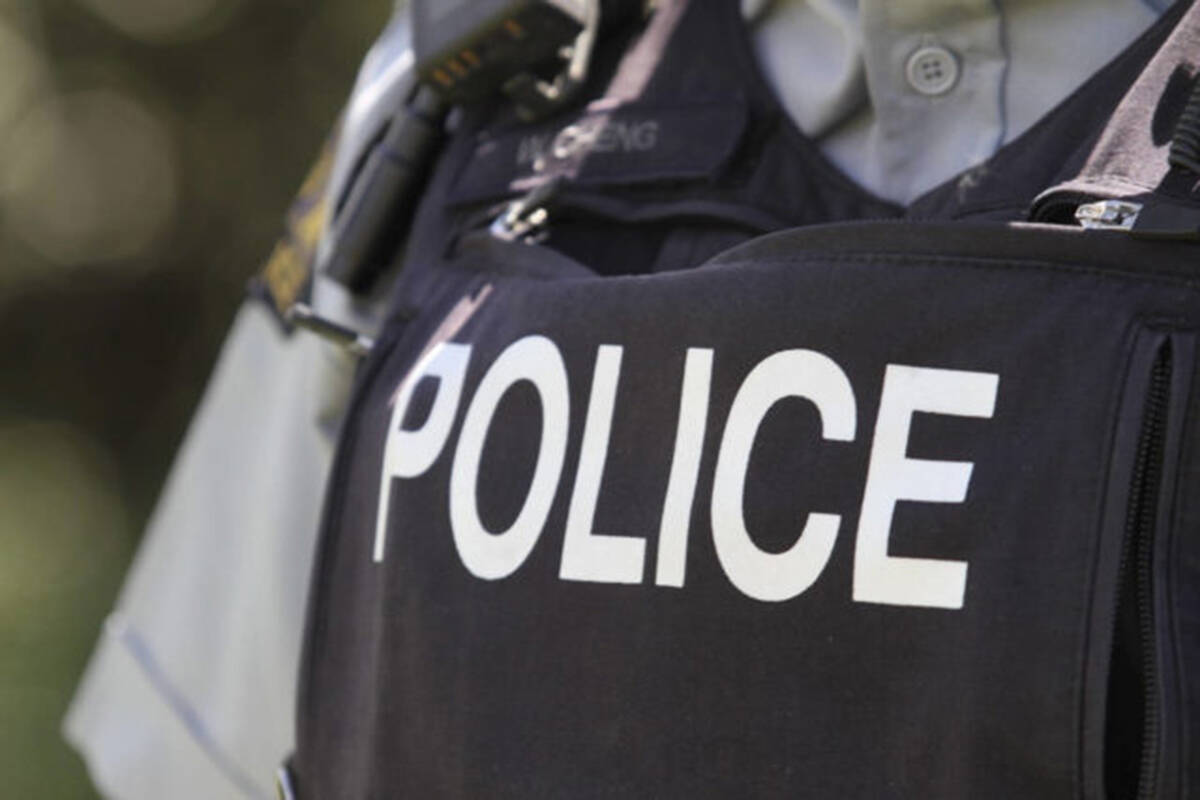Data collected from five B.C. police forces found that Indigenous Peoples are among the most overrepresented in arrests or chargeable incidents.
The data, collected by University of Toronto criminology professor Scot Wortley, was laid out during a presentation from B.C.’s Office of the Human Rights Commissioner.
In Vancouver, Indigenous Peoples were involved in such incidents at a rate of more than 20,000 per 100,000 people. Black people were involved at a rate of 9,500 per 100,000 people, Hispanic people at a rate of more than 3,500 per 100,000 people and Arab and West Asian people at a rate of more than 3,000 per 100,000 people.
All of those racialized groups were involved in arrests or chargeable incidents in Vancouver at a rate much higher – 10 times so in the case of Indigenous Peoples – than white people, who had a rate of just over 2,000 per 100,000.
The statistics were similarly disproportionate across the other police forces studied: Surrey RCMP, Prince George RCMP, Nelson Police and the Duncan/North Cowichan RCMP.

| (B.C.’s Office of the Human Rights Commissioner) |
Wortley said that Black and Indigenous people were overrepresented in all case outcomes once they were taken on by the B.C. Prosecution Service. However, he said that they were most represented in cases that were dropped by the Crown, which Wortley said could point to the fact that police cases against Black and Indigenous people were the least solid.
Wortley laid out three possible explanation for the racial disparity; racially based policing, civillian bias in reporting crimes and higher rates of offending, linked to the lasting impacts of colonization, discrimination and multigenerational trauma and socioeconomic disadvantage.
“A lot of what the police focus on are very visible crimes that take place on the street,” Wortley said, adding that this means police have less of a focus on white-collar crime, which contributes to the representation of some racialized groups.
Wortley said that all three explanations for the racial disparity in arrests and chargeable incidents must be investigated, along with putting in more oversight of the police, invest in community crime prevention efforts, along with mental health and substance use. Wortley said that improved race-based data collection and analysis is key, along with the decriminalization of drug possession and public disorder offences.
“We must stop the crisis cycle,” he said.
Commissioner Kasari Govender said trust needs to be built between police and marginalized groups but that this cannot happen without reform and a de-prioritization of police as the first call when a community issue is identified.
The recommendations from Govender’s office include that the B.C. government work with Indigenous Peoples on a government-to-government basis on amendments to the Police Act, that the public safety ministry authorize police to collect race-based data to address systemic discrimination, that the public safety ministry should reduce the use of discretion in street checks and ensure accountability for police actions in these situations and “de-task the police,” directing funding from their budgets towards civillian-led initiatives on mental health, substance use and homelessness.
Govender said that the current police structure looks like “over-policing,” which she said has led to several police incidents with tragic results. The commissioner pointed to Max Johnson, an Indigenous man handcuffed by police when bank staff suspected him of using fraudulent ID to open a bank account for his granddaughter; retired justice Selwyn Romilly, the first Black judge on the BC Supreme Court who was arrested by police looking for a Black suspect in his 40s; and the death of Chantelle Moore, an Indigenous woman from B.C. shot by police in New Brunswick during a wellness check.
“These are the painful realities behind the numbers we shared today,” Govender said.
VIDEO: Chiefs join human rights case of Indigenous man handcuffed by police in B.C. bank

